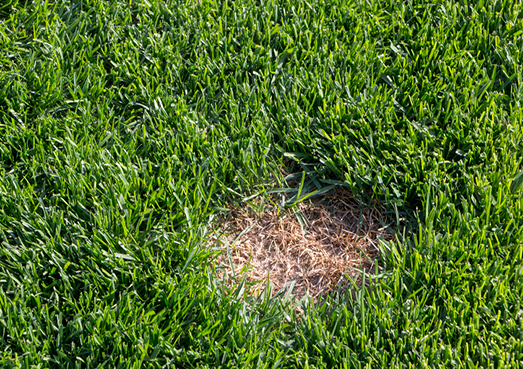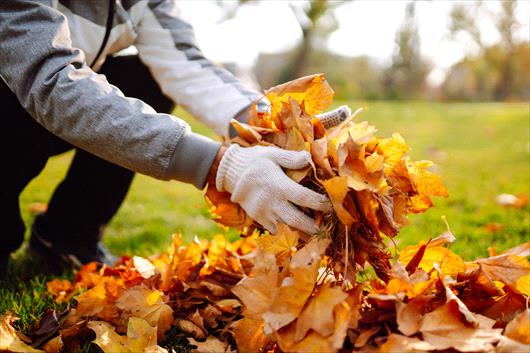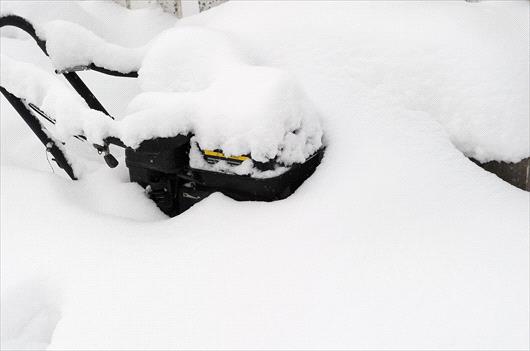Your Cart

Your Guide to the Growing Season for National Lawn Care Month
Apr 01, 2024
Spring Into Lawn Care
April is National Lawn Care Month, and for good reason! This is the start of the growing season for many varieties of turfgrass. In the wake of winter stresses, like cold and snow, your lawn needs some TLC to help it grow thick, healthy, and green during all the warm weather months when you plan to hang out outside. We’re here to help! This is your guide to beneficial cultural practices, meaning the measures you can take to bring out the best in your lawn. Spring cleaning doesn’t just apply to cleaning out your house–you’ll also want to clean up your lawn! First, remove any debris that has accumulated in your yard over the winter. This can include sticks, rocks, dead grass, pinecones, and even dog poop. Next, use a fan rake on the surface of your lawn. This will help remove smaller debris, but it will always stimulate your lawn, helping it perk up and grow strong and healthy. When should you start watering your lawn for the spring season? The answer is a little tricky. You’ll need to monitor your grass carefully. Your lawn might start drying out as it wakes up from winter dormancy, but it’s also possible that the natural spring rain showers may be providing adequate water. Keep an eye on rainfall in your region, and remember that your lawn needs about an inch to an inch and a half of water to stay in peak health. Once you are ready to start your watering regimen, here’s a good rule of (green) thumb: water each area of your lawn for 30-45 minutes, twice per week, in the early morning so the turf is dry by nightfall. Timing is key for spring fertilizing, and that timing can vary a lot based on where you live. The best indicator that it might be time for a fertilizer treatment is that you’ve noticed your lawn has started to turn green and grow again after the winter. But be careful. You don’t want to fertilize too soon, because your lawn won’t be ready to use the nutrients it receives and the treatment won’t be very effective. With a Weed Man lawn care program, we worry about the perfect timing so you don’t have to. Regular applications of our specially formulated, slow-release granular fertilizer will feed your lawn the nutrients it needs to grow strong and healthy. These applications are timed specifically to avoid over fertilizing the lawn. We start in the spring and come back at your lawn’s ideal intervals all throughout the growing season. Like deciding when to water your lawn, deciding when to mow your lawn takes some monitoring and assessment. How frequently you mow will depend on how fast the grass is growing, and the ideal height for your lawn will depend on the type of grass you have. In general, you shouldn’t remove more than 1/3 of the leaf blades in a single cutting, because it puts too much stress on the grass and can cause it to turn brown. Some lawns may need to be mowed more than once a week during periods of peak growth and only once every two weeks during periods of slow growth. Before you get started with your mowing regimen, prepare your mower for the season. Check the spark plug, change the oil, clean the mower deck, and grease any moving parts. Most importantly, make sure your blades are sharp. You’ll want to sharpen your blades at least twice every growing season for the cleanest, healthiest cuts. A thick, healthy, well-maintained lawn is always the best line of defense against weeds, because it won’t leave much room or resources for anything else to grow in its space. Stay on top of all the cultural practices we mentioned above to give your lawn the best tools to protect itself. Weed Man’s weed control services will give you extra prevention and combat the more stubborn weeds attacking your lawn. Depending on your region and your local temperatures, it can also be beneficial to overseed in mid to late April to help rejuvenate your lawn. At Weed Man, we care for your lawn. Let’s tackle the growing season together. Find a location near you, and get a free quote today!
Spring Cleanup
Watering
Fertilizing
Mowing
Weed Control
 English (USA)
English (USA) Français (CANADA)
Français (CANADA)





